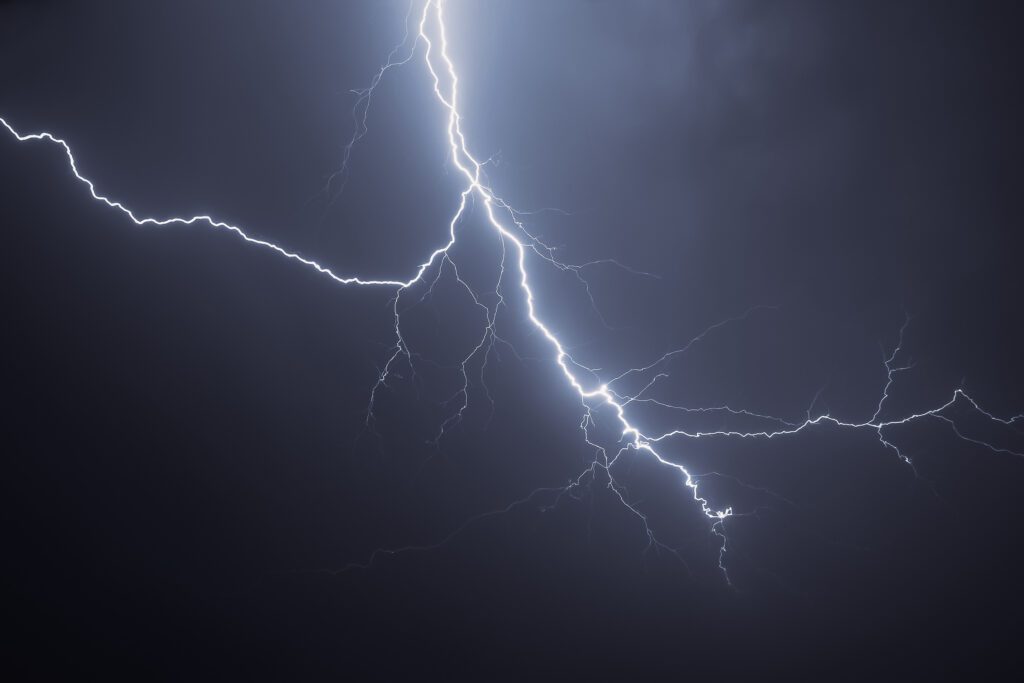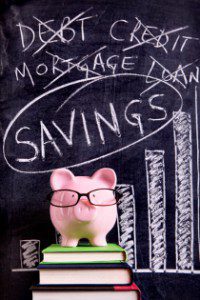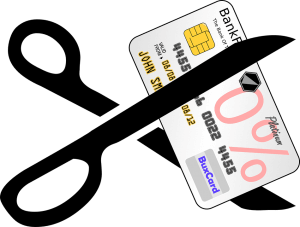Life is full of unexpected events. Your circumstances could change dramatically within a short period of time. That’s why it’s so important to be prepared for all scenarios, especially financially prepared for any event.
Whether it’s an unexpected layoff, economic downturn (like the COVID-19 pandemic), or unfortunate medical diagnosis, life throws many unpredictable expenses at people. An emergency fund helps you manage those expenses.
What is an emergency fund?
An emergency fund, also known as a rainy-day fund, is a sum of money set aside somewhere to pay for unexpected expenses. These funds are usually liquid and easily accessible, as well as secure, within a bank account of sorts.
They improve financial security by ensuring you have a safety net in times of financial need. They also protect you in times of financial distress without the burden of debt, interest rates and fees, like you’d have if you were to take out a loan instead.
Emergency funds also offer peace of mind and financial control to individuals experiencing uncertainty and distress.
Could you use some help with getting your finances in order? Speak to a trained credit counsellor now.
What are emergency savings used for?
People use the funds for varying reasons, including:
- Medical bills
- Job loss
- Death of a loved one
- Home renovation
- Appliance replacement or repair
- Major car repair
- Unplanned travel

How much money should I have in my emergency fund?
Your savings fund should have enough money to cover your living expenses for three to six months. The right amount for a savings goal depends on your personal situation, however. Your income, expenses, debts, lifestyle, family size, number of dependents, neighbourhood, and cost of living all factor into the right emergency fund amount for you.
For example, you might consider an emergency fund for a shorter length of time if any of the following are true:
- You don’t have a lot of debt
- You have a stable job or marketable skills
- You’re single and/or don’t have children
- You’re not a caregiver
You might consider an emergency fund for a longer length of time if any of the following are true:
- Your income is volatile
- You have dependants
- You have a serious medical condition
Some experts recommend considering even a longer length of time for your emergency fund to cover. With the COVID-19 pandemic, we learned that financial distress and economic downturn can last as long as an entire year.
Is it possible for my emergency fund to be too big?
The simple answer is yes, but it depends on individual scenarios. While most experts recommend having enough money in your fund to cover 3-6 months of monthly expenses, some may feel more comfortable having up to a year’s worth saved.
When your emergency fund is big enough to compromise your cash flow for daily expenses, it’s definitely too big. Like any investment, you don’t want to go into debt just to set money aside. Additionally, if you’re emergency fund contributions are too big, you might miss out on the opportunity to make other quality investments, such as RRSPs or mutual funds.
Make sure your emergency fund is large enough to cover a few months of living costs, but not large enough to jeopardize your daily needs.
Where should I put my emergency fund?
Your emergency fund should be easily and quickly accessible in the event of an emergency. Experts recommend a high-interest savings account or a money market account, so you can accumulate interest and take out your money whenever you’d like. You can open up a high-interest savings account at most financial institutions.
While some people might rely on a hidden sum of cash in the house as their emergency fund, some sort of bank account is more secure and offers more opportunity for a return in interest.
Investment isn’t the first priority of your emergency fund however – accessibility is. While you might feel inclined to put your emergency fund in mutual funds, stocks, ETFs, or other investments with the hope of making money, your emergency fund won’t be as accessible. Additionally, leaving an emergency fund at the hands of the market could be risky. There’s a chance your portfolio will do poorly one year, and an emergency will force you to sell your investments at a loss.
Will I always need an emergency fund?
No. You might set aside an emergency fund and never use it. However, you should always have it in case you do need it.
How to Build Your Rainy Day Fund
- Examine your finances and set a goal: Keep track of your monthly expenses, including debts, living costs, tuition, groceries, and more, and compare them to your income. Once you come up with a rough estimate of your monthly expenses, you’ll be able to calculate a realistic savings goal for you emergency fund.
- Automate Your Savings: Automating savings makes it easier to save money. By removing the step of manually setting aside money each month, you check off one item on your to-do list without doing anything.
- Make Lump-Sum Payments When Possible: Making monthly contributions to your rainy day fund is great. However, if you come into a bit of extra money, such as a work bonus or tax refund, consider putting it towards your savings fund. This can help you reach your goal faster.
- Adjust contributions accordingly: Don’t accept higher interest payments just for the sake of contributing to your fund. If you have high credit card debt one month for example, focus on paying down that balance to avoid high interest payments, even if it means contributing a little less one month.
See how building a savings and emergency fund consistently can pay off.
Final Thoughts
Everyone has different personal and financial situations, which affects what each individual’s financial goals look like. Setting aside emergency savings helps you take control of your personal finance, and puts yourself first in the long term. If you’re experiencing loss of income and don’t have a substantial emergency fund, consider debt consolidation.




